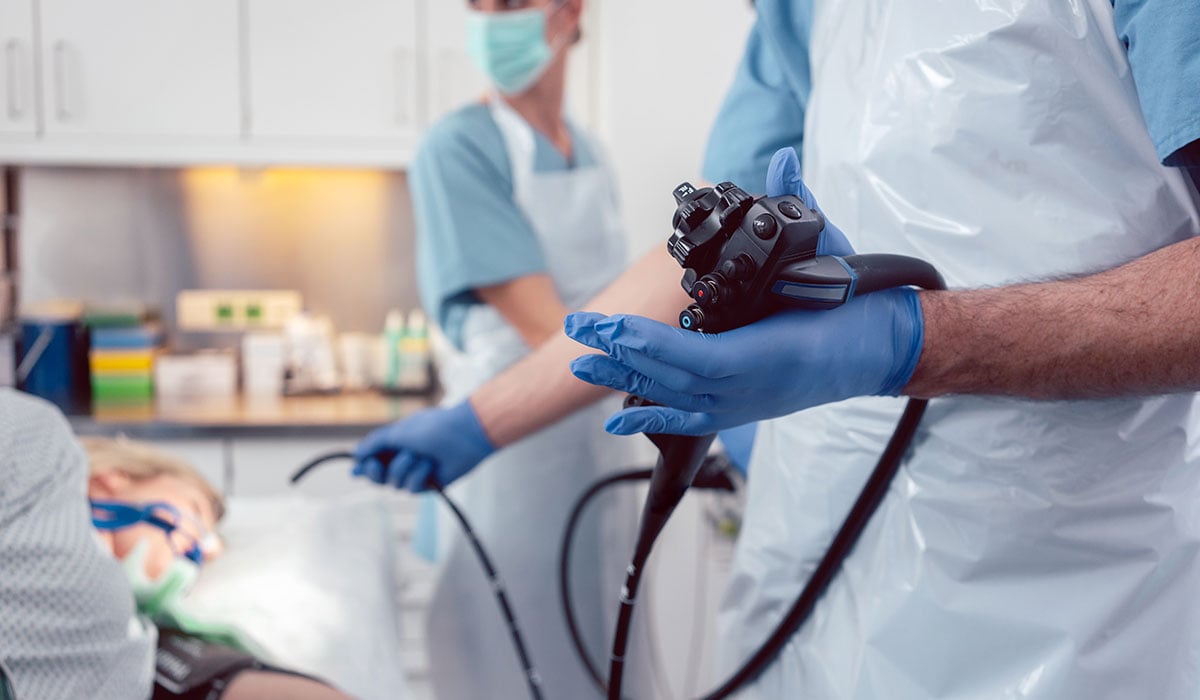What is upper endoscopy?
Upper endoscopy, also known as EGD, or esophago-gastro-duodenoscopy, allows us to directly examine the upper part of the gastrointestinal (GI) tract—the esophagus or swallowing tube, the stomach and the first part of the small intestine (duodenum).
Our doctors possess advanced training in diagnostic endoscopy procedures to examine and treat the upper GI system in search of abnormal bleeding, irritation, inflammation, tumors and ulcerations.
At Gastroenterology Associates, our team of dedicated, fellowship-trained gastroenterology specialists provide leading-edge care, diagnosis and treatment for all kinds of upper GI disorders, as well as all digestive diseases and conditions.
Why would you need upper endoscopy?
- Unexplained upper abdominal discomfort (abdominal pain, nausea)
- GERD or gastroesophageal reflux disease (also known as heartburn and acid reflux disease)
- Persistent vomiting, nausea
- Removal of foreign body or swallowed object
- Assess healing or progress on polyps, tumors and ulcers
- Upper GI bleeding (vomiting blood or blood in stool from the upper GI tract). Bleeding can be treated during the endoscopy procedure.
- Swallowing disorders; food/liquids getting stuck in the esophagus during swallowing. This may be caused by a narrowing (stricture) or tumor. The stricture may be dilated with special balloons or dilation tubes during the endoscopy procedure.
- Abnormal findings on CT, upper GI X-ray or MRI
Related Reading
Understanding Upper Endoscopies: What You Need to Know
November 15, 2022
Signs You Need to See a Gastroenterologist
October 12, 2022
Warning Signs of Pancreatitis
August 15, 2022











